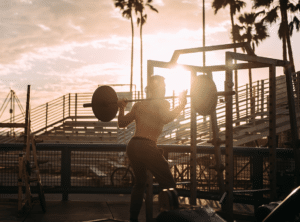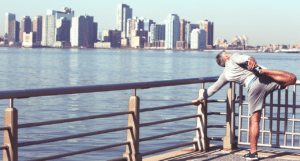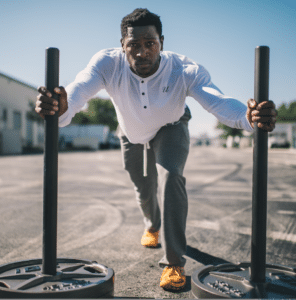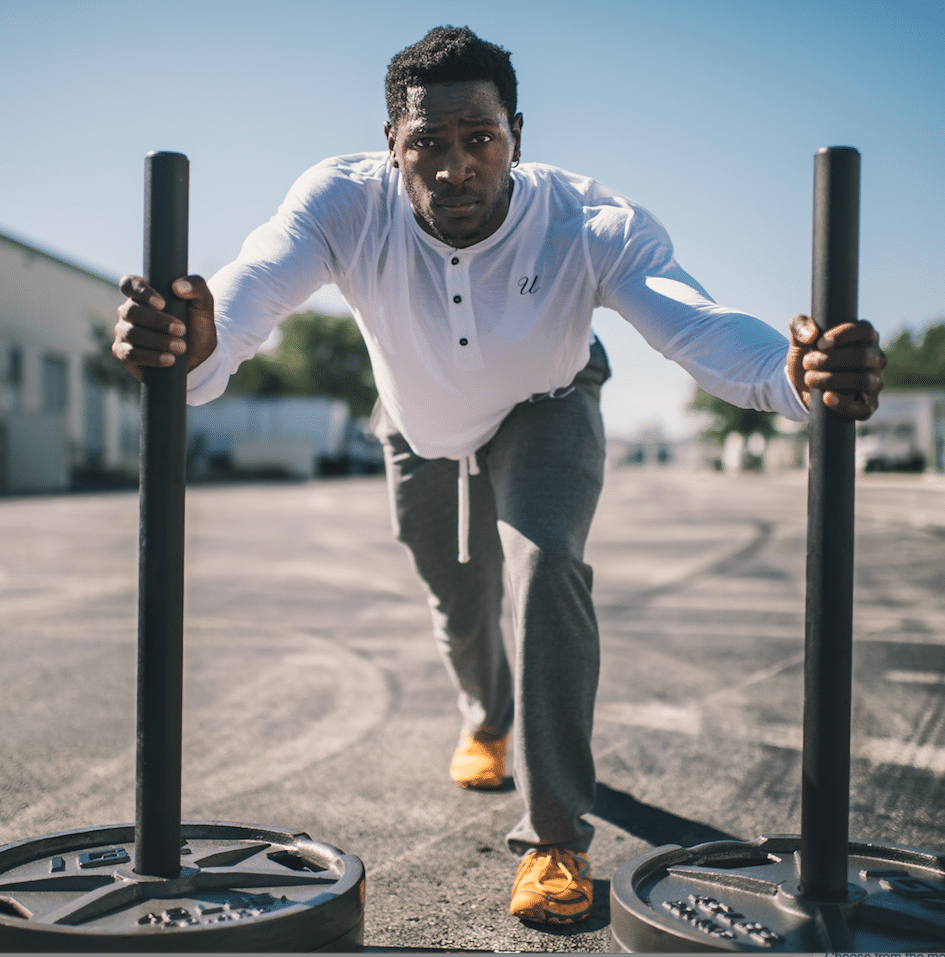With such limited time available to busy photographers, the development and incorporation of effective strategies aimed at delivering the most optimal result in the minimum amount of time possible is absolutely paramount. Although objectives and goals related to this time-saving axiom are already quite likely to be incorporated into the operational aspects of organizations across all industries, the manner in which photographers apply these objectives and goals to their own schedule often represents an area in need of improvement.
When it comes to optimizing productivity as well as overall efficiency, it is critical for photographers to regularly conduct a thorough and thoughtful self-evaluation. The goal of such a self-evaluation is to identify any areas that could be improved upon to further optimize one’s entrepreneurial productivity and efficiency. In the process of doing so, many photographers begin to see certain patterns emerge, making it possible to identify the circumstances most closely associated with peak productivity.
The Symbiotic Relationship Between Productivity and Physical Activity
 It might be intuitive to think that any energy expended during the course of a given day is simply energy lost, leading to the conclusion that one’s energy should be reserved for only the most pressing tasks and priorities. This is not entirely true, and photographers should be aware of the fact that the energy expenditures associated with physical activity actually stimulate significant increases in productivity and creativity throughout the remainder of the day.
It might be intuitive to think that any energy expended during the course of a given day is simply energy lost, leading to the conclusion that one’s energy should be reserved for only the most pressing tasks and priorities. This is not entirely true, and photographers should be aware of the fact that the energy expenditures associated with physical activity actually stimulate significant increases in productivity and creativity throughout the remainder of the day.
In fact, there is both clinical and anecdotal evidence that an early morning workout — running, biking, lifting, or any other form of exercise that elevates one’s heart rate for 10 minutes or more — yields greater benefits in productivity and creativity than the same workout completed during any other time of the day.
Matthew David Parker, the owner of the Matthew David Parker Photography, reinforced this notion, citing the pre-dawn hour as reaping considerably greater rewards: “There’s something invigorating about an early morning workout, whether it is a 30-minute run or a 60-minute yoga session,” said Parker. “It’s the first thing I do each morning, and not only do I feel energized for the remainder of the day, but I also experience the kind of mental clarity necessary to make critical entrepreneurial decisions for my business.”
Parker, who acknowledged that he considers himself a morning person, also noted how many of his entrepreneurial peers actually prefer a lunchtime workout session or even a late-night workout as opposed to an early morning session.
It is due to this wide spectrum of personal preferences referenced by Parker that the American Heart Association (AHA) developed an accumulated weekly target for physical activity rather than a daily target. According to the AHA, consistency is the most critical factor for achieving the full range of benefits associated with an exercise regimen.
The AHA’s conclusion, along with the clinical and anecdotal evidence associated with early morning workout sessions raises an interesting question: Is it best to select the time of day most likely to ensure consistent adherence to a fitness program, or is it best to become an early riser?
In order to make this determination, it is first necessary to take a much closer look at how physical activity wields such a great influence over entrepreneurial productivity as well as creativity.
How Fitness Training Stokes Entrepreneurial Creativity
 There is a long and strange history associated with efforts to inspire both productivity and creativity, and some of history’s greatest thinkers firmly believed in specific strategies for stoking their creative fires. Friedrich Schiller, a German poet, famously kept a desk drawer filled with rotting apples, believing that the stench of the rotting fruit would provide an immediate jolt of creativity. Jack Kerouac, the prolific American Beat author, would perform a series of headstands over the course of a just a few minutes each morning in order to stimulate a creative mindset for writing while also combatting any physical ailments that might have been affecting him.
There is a long and strange history associated with efforts to inspire both productivity and creativity, and some of history’s greatest thinkers firmly believed in specific strategies for stoking their creative fires. Friedrich Schiller, a German poet, famously kept a desk drawer filled with rotting apples, believing that the stench of the rotting fruit would provide an immediate jolt of creativity. Jack Kerouac, the prolific American Beat author, would perform a series of headstands over the course of a just a few minutes each morning in order to stimulate a creative mindset for writing while also combatting any physical ailments that might have been affecting him.
As it turns out, both Kerouac’s inversion habit and Schiller’s preference for the scent of spiced apple have been each been linked to elevated levels of creativity, but there are a multitude of strategies available to photographers that do not require colleagues to endure the pungency of decomposing fruit throughout the workday.
A recent study published in Frontiers in Human Neuroscience is one of the many studies to reach the conclusion that regular exercise enhances creativity across a variety of tasks. The study, titled, “The impact of physical exercise on convergent and divergent thinking,” found that test subjects who engaged in a regular fitness routine experienced significant cognitive benefits yielding improved creativity in scenarios requiring both convergent and divergent thinking.
Parker believes his own experience as an entrepreneur clearly supports the study’s findings, and he explained how he applies creativity-boosting strategies as the owner of Matthew David Parker Photography: “Whenever I encounter an issue requiring creative problem solving, something as simple as a brisk, 10-minute walk has a powerful impact on my creative thinking,” said Parker. “In fact, many of the decisions responsible for the success of Matthew David Parker Photography were made during a brief walk involving several members of our executive leadership team.”
Increased Productivity and the Influence on Team Members
 A number of studies have concluded that the qualities and habits exhibited by a person in a position of leadership are emulated by subordinates, typically on an entirely subconscious level. This is often referred to as “The Law of Mimicry,” and it is quite clear that a wide range of positive and negative consequences might arise as a result of the subconscious influence wielded by photographers over their team members.
A number of studies have concluded that the qualities and habits exhibited by a person in a position of leadership are emulated by subordinates, typically on an entirely subconscious level. This is often referred to as “The Law of Mimicry,” and it is quite clear that a wide range of positive and negative consequences might arise as a result of the subconscious influence wielded by photographers over their team members.
In Parker’s view, the “Law of Mimicry” should be easily and intuitively recognized by all photographers. “As a leader, you have to set an example for your team members to follow, and this example should absolutely reflect the organizational values you’ve set forth as well as the mission your company intends to strive for each and every day.”
In order to increase overall productivity, photographers can take advantage of this law in any number of ways. Since regular exercise is clearly linked to increases in productivity and creativity, entrepreneurial leaders can leverage their own exercise routine to yield gains in creativity and productivity from team members who subconsciously adopt the qualities and habits exhibited by the individual in a position of leadership.
The Matthew David Parker Photography owner offered an alternative and far more direct strategy for improving productivity among team members: “It’s obviously important to set a strong example for team members, but I believe that education and personal encouragement are far more likely to be effective,” said Parker, who advocates physical activity and team-building exercises as simple strategies for enhancing productivity. “We’ve found that it is more efficient — not to mention more enjoyable for everyone involved — to bond over just about any kind of athletic activity, thereby fostering greater productivity while creating shared experiences outside the workplace.”
The Clear Value of Consistency
Photographers who make time to exercise on a regular basis can expect substantial, career-long gains in creative and critical thinking, as well as improved leadership and decision-making skills. In order to reap these rewards, photographers should identify the time of day that best suits their individual schedule. Identifying the most convenient time makes it more likely to achieve the physical activity goal recommended by the AHA: a weekly total of 150 minutes of moderate physical activity or 75 minutes of high-intensity aerobic activity.
Although clinical and anecdotal evidence suggests that the aforementioned gains in creativity and productivity can be further enhanced by adhering to an early morning workout routine, the simple fact remains that many people find it difficult to consistently rise at such an early morning hour. This introduces the substantial risk of inconsistent adherence to the fitness program, thereby negating the potential gains in productivity and creativity.
As both the AHA and Parker wisely concluded, it is more important to develop and incorporate the kind of strategies most likely to encourage consistent dedication to a daily fitness routine. Photographers should therefore sharpen their focus on simply meeting the AHA’s weekly activity target by engaging in physical activity whenever it is most convenient — whether it is morning, noon, or night.
